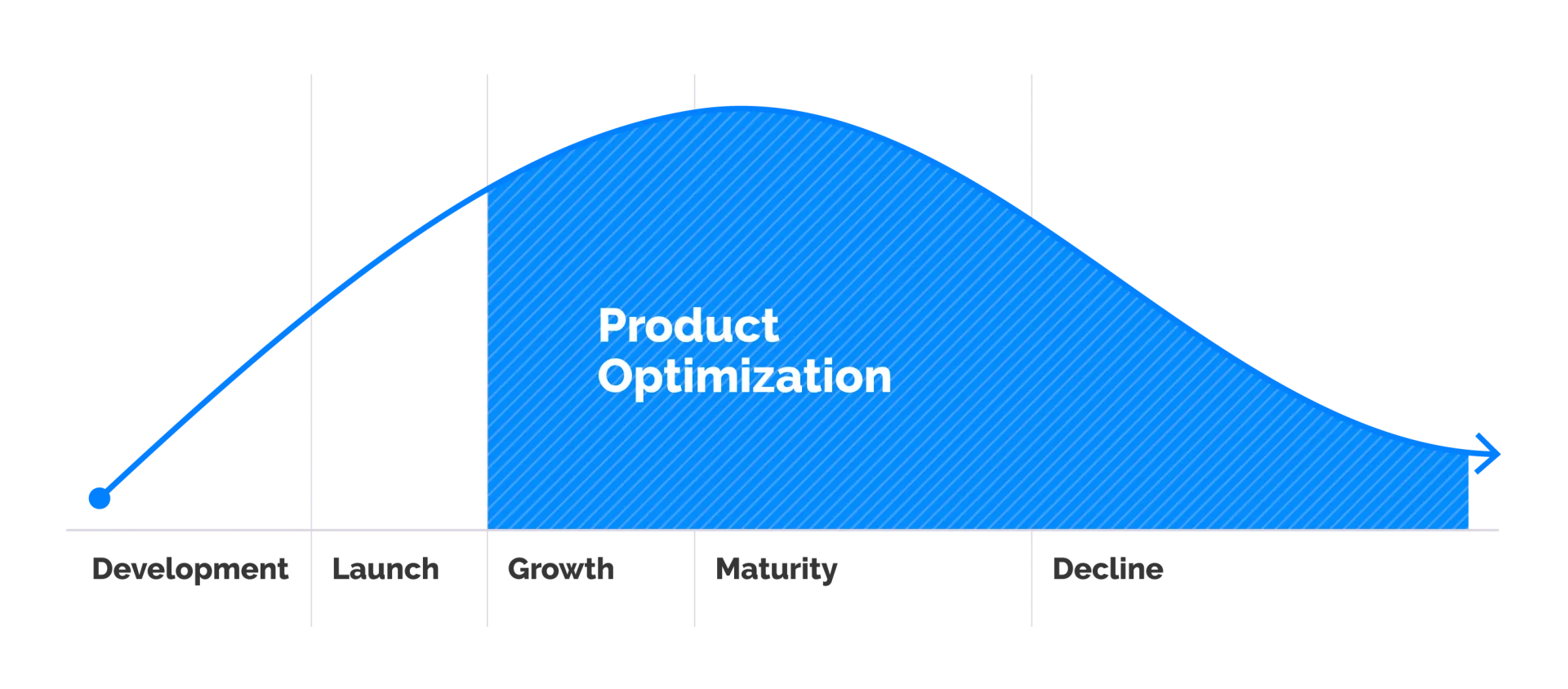Rethink Your Digital Product Strategy
Rethink Your Digital Product Strategy
Ellie Power | EVP, Delivery
March 14, 2023
A digital product launch represents months of technical, organizational, design, and content work to create something ready to be shared with an audience. Launch day itself is intense, requiring coordination among editors, executives, marketing, IT, and network operations teams. When users finally meet the app, it’s time to celebrate! One particular client routinely blasts Kool & The Gang’s “Celebrate” as a way to get the team grooving on launch day.

All the planning, and the party that follows… sounds kind of like a wedding, doesn’t it? Too many businesses view the launch as the thing - you hustle for the budget, hire a team to support the product’s creation, and by the time it’s done, you want to exhale in joyous relief and get back to life. But the launch of a digital product is the beginning, not the end.
If the launch day is the wedding, the life of the digital product is the marriage - it’s a long-term partnership full of evolution and insights and unexpected breakthroughs, designed to provide value in the form of business results.
Phase2’s approach to building digital products comprises several stages, as demonstrated below. You conceptualize and create the product strategy. You design the product. You build it. And then, after launch, you optimize it.

Similarly, there are numerous viewpoints on the lifecycle of a product. I’m including a basic framework below, which has product development, launch, growth, maturity, and then decline.

When we merge these theories, we see the folly in thinking that the importance of a product is realized the day it’s launched. Many fairy tales end with the adage “happily ever after” - that’s how we choose to think about digital products.

Making the shift from centering “the wedding day” to embracing a “long-term” view can be a true cultural and emotional challenge - you’ve made a big investment, you want fireworks on your launch day. That’s fair, though sometimes it’s a slippery slope toward a Bridezilla-like loss of perspective about what’s truly necessary. But it’s only after the honeymoon that the couple comes to really understand the beautiful range of possibilities this new way of living has been revealed. And those realizations need to be articulated around the breakfast table and become part of how the relationship builds and grows organically, so:
How might we reorient ourselves, seeing the marriage–the richness of the lifecycle–as more profound, joyful, and important than the single “big day” of the launch and the supposed ease of “happily ever after”?
Get it in the hands of your people. Learn and adapt.
For each of our clients, defining what’s in the initial release is a balance of stakeholder expectations, business goals, and fear - every “minimum viable product” is unique - and rarely as minimal as it could be. We urge our clients to let their audiences guide their product and set an r1 release that sits in the right comfort zone between “move fast and break things” and growth-thwarting perfectionism by repeating this tenet: the sooner we get the product in the hands of the people it’s meant to serve, the sooner we can begin to understand how it will power the results we want.
Understanding your audiences’ behavior is critical to setting priorities and testing theories to maximize the value your product delivers.
Moving away from a “launch” mentality also provides the nimble thinking and action that business demands - the ability to shift as business needs and environments change. If we view our product as a static “release,” we deny ourselves the ability to respond to change.
Release as early and as often as you can bear. And measure and mine for impact.
We should be regularly launching, on as fast a cadence as our organizations can support, so that we can constantly evolve. To generate powerful results, we must regularly assess the performance of the product and adapt to its performance. This works best when we apply a “whole ecosystem” view - we can assess performance of a single conversion page, conduct A/B testing on content or UI, while also reviewing the marketing activities - campaigns, keywords, SEO, SEM - that entice or draw audiences to the page itself. We should never review product performance in a silo - any digital product is part of an ecosystem of tools and activities that collaborate to create benefits for audiences and organizations.
In time, the relationship’s rich life should far outshine its wedding. But/and - every relationship ends, in one way or another. Many couples employ “date night” or separate vacations or innumerable other tools to “maintain” the relationship, to “make it work.” So it is with digital products - the effort and cost of the launch should be massively outweighed over time by the business service the product provides - and the conversations, the lessons, the collaborations help the strong benefits endure for as long as possible. Every product owner should have a happily ever after: an unexpectedly complex and rewarding journey that makes launch day seem quaint in its lovely innocence.

